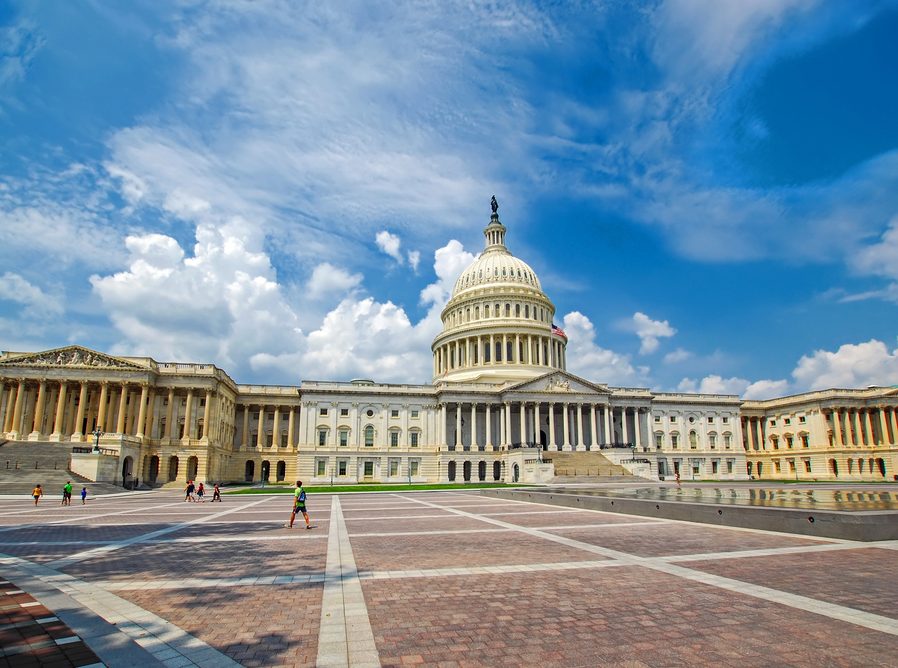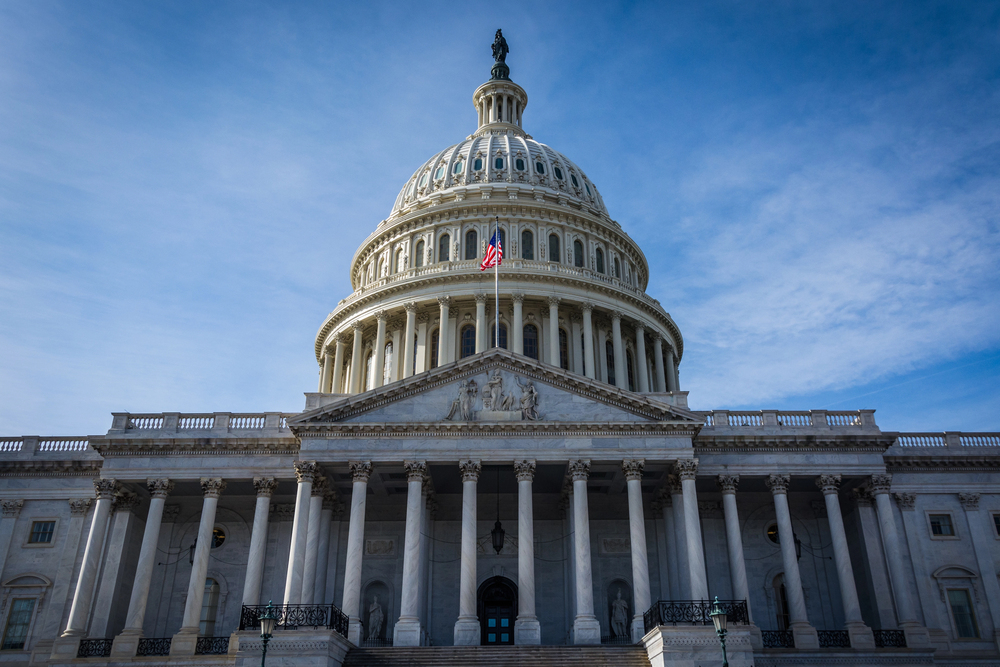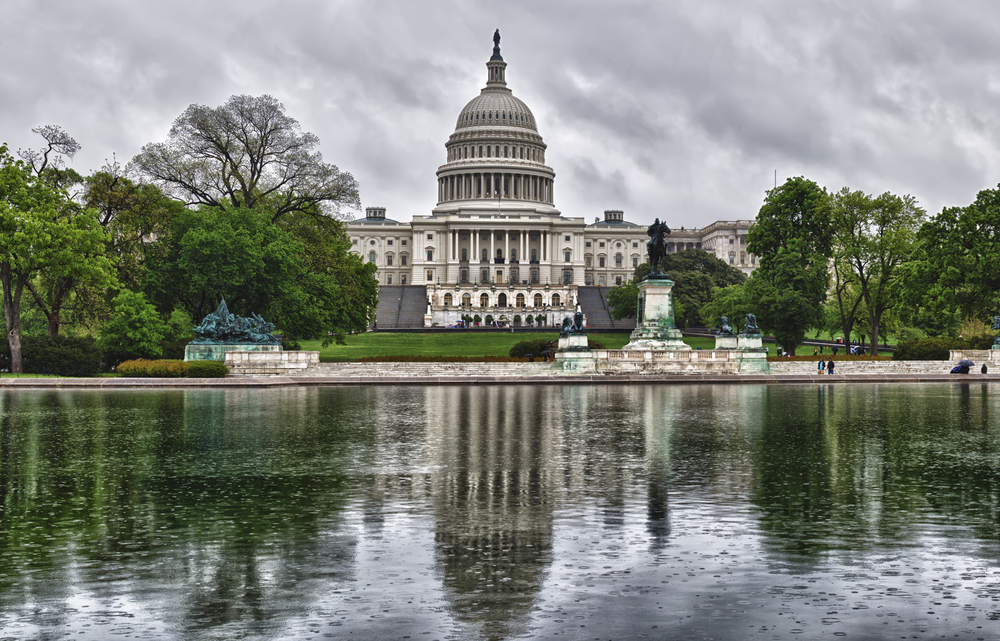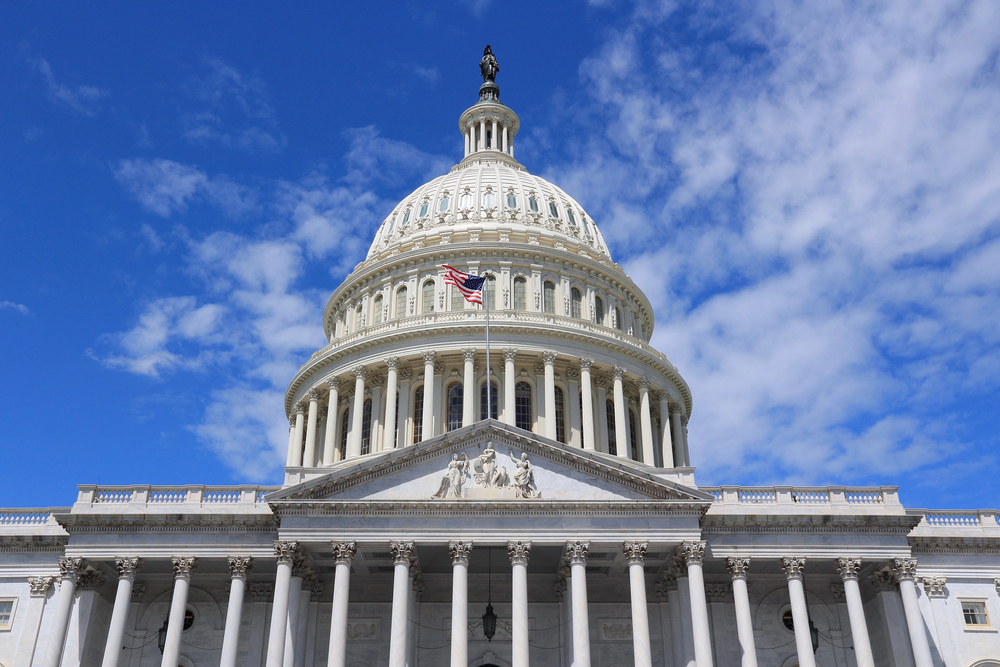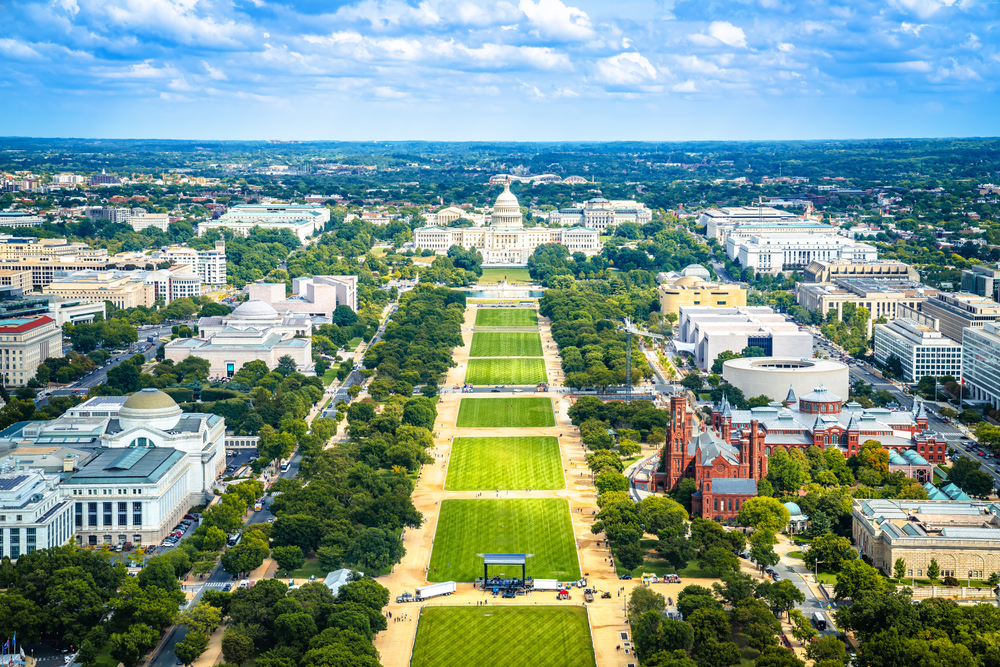3 Factors That Make Someone More Likely to Purchase Flood Insurance
By: Will Jones
In May, the National Oceanic and Atmospheric Administration forecasted a 75% chance that the 2018 Atlantic hurricane season will be near or above normal, and an 80% chance of above-normal tropical cyclone activity in the Pacific.
Even after devastating record losses in 2017, as many as 40% of homeowners still believe their homeowners insurance covers flood damage, which means there are plenty of potential clients out there—it’s just a matter of finding them and convincing them to buy.
Last year, to maximize the efficiency of flood awareness efforts, FEMA attempted to uncover where potential flood policyholders live, specifically looking for people who don’t have flood insurance but should, based on their risk or demographic.
Based on a panel survey of 10,000 respondents, FEMA learned that these three factors make someone more likely to purchase flood insurance:
1) Financial exposure. A key demographic that would be interested in purchasing flood insurance is “single-family homeowners,” said Dana Cronyn, FEMA’s hurricane season campaign project manager and senior account executive at Greer, Margolis, Mitchell, Burns during FEMA’s NFIP Hurricane Season Campaign Overview webinar earlier this summer.
Why? “They understand the value of flood insurance because they’re looking to protect their biggest asset—especially if that asset is lower to the ground and at greater risk of flooding,” Cronyn explained.
2) Awareness of flood risk. People who live in areas where there is a recognized flood risk are prime purchasers of flood insurance, whether that means hurricane-prone regions or locations like the Midwest that are known for seasonal flooding.
Cronyn added that homeowners who “live near visible hazards, like coastal areas” and “who have experienced flooding in their community in the last five years” are also more likely to purchase a flood policy.
3) Affordability conditions. Even if they don’t live in a high-risk flood zone, wealthier clients may be more willing to part ways with the extra expense for peace of mind: “Homeowners who live outside high-risk zones and have the discretionary income to afford flood insurance are also likely to purchase,” Cronyn said.
So how can agents reach people who don’t necessarily fit into those demographics—those who don’t currently have flood insurance, but should? FEMA’s research revealed some surprising findings about which messages work and which don’t.
According to the FEMA survey, the most effective marketing messages included the following:
- The average claim is more than $46,000.
- An inch of water can cause $25,000 in damage.
- Recent hurricanes show that devastating floods can happen anywhere.
The least effective messages, meanwhile, were as follows:
- Many can get flood insurance for as little as $395 per year.
- There’s a 1 in 4 chance of your home flooding during a 30-year mortgage.
- Your neighbors have flood insurance—do you?
To educate your clients about the importance of flood insurance, check out FEMA’s NFIP Hurricane Season 2018 Agent Marketing Toolkit, which includes flood marketing resources for print, web, email and social media.
The NFIP will expire at midnight on July 31, unless the Senate acts. Stay tuned to N&V and Big “I” social media outlets for updates.
Will Jones is IA assistant editor.



